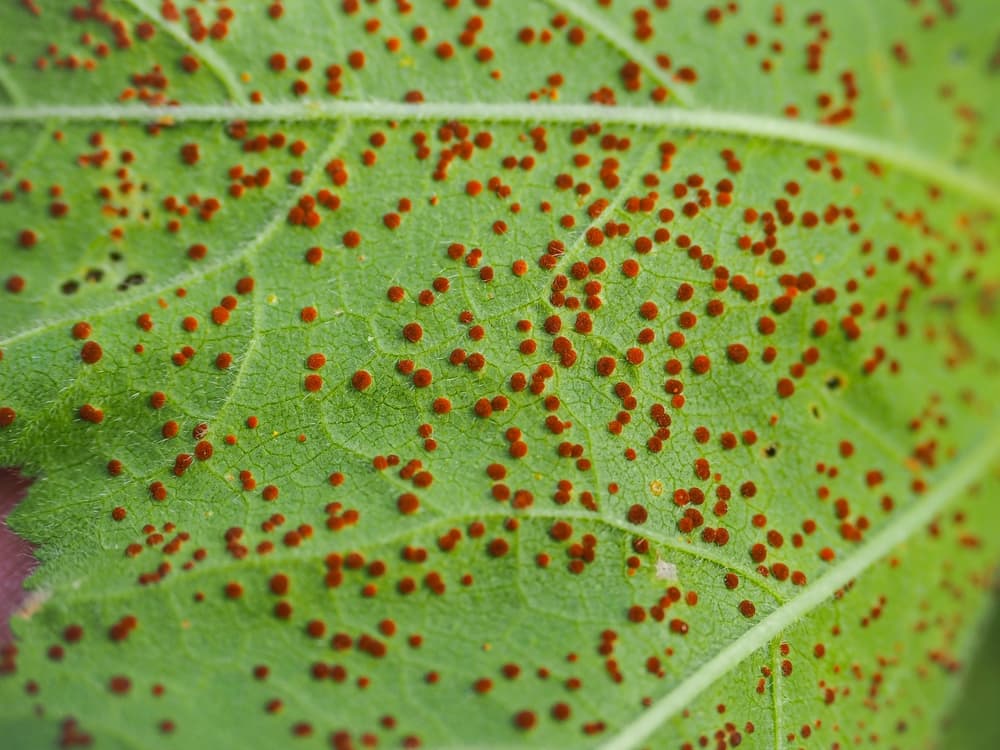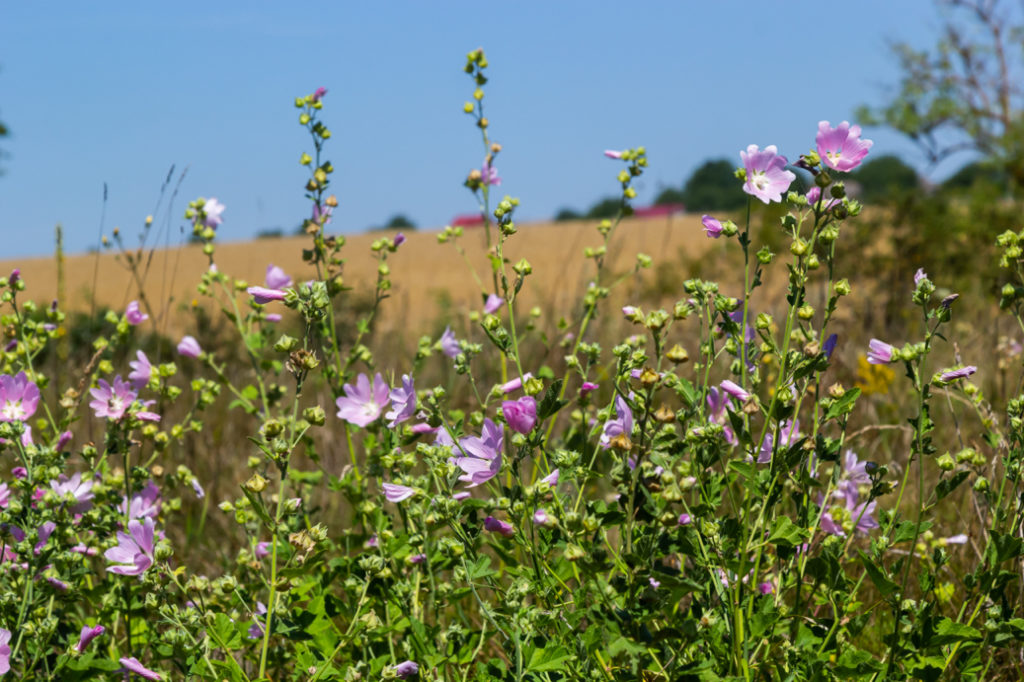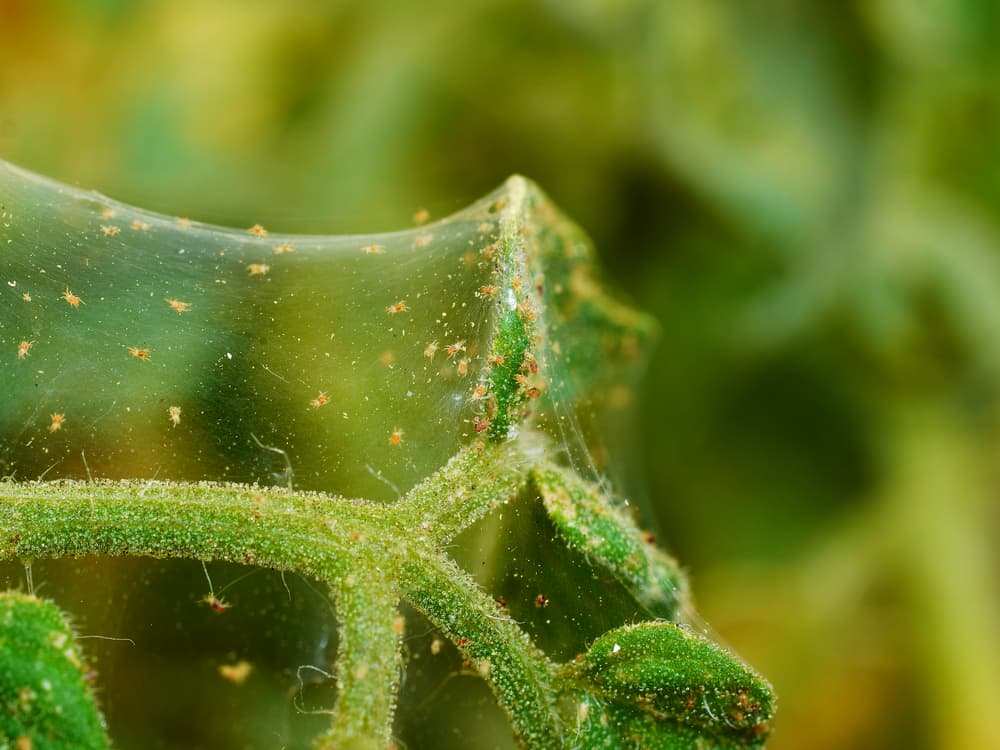Lavatera Are Susceptible To Fungal Issues – Overcoming 4 Common Problems

PERENNIALS > LAVATERA > PROBLEMS

Elizabeth is a Permaculture Garden Designer, Sustainability Consultant and Professional Writer, working as an advocate for positive change. She graduated from the University of St. Andrews with an MA in English and Philosophy and obtained a Diploma in Applied Permaculture Design from the Permaculture Association.
Reviewed By COLIN SKELLY

Colin is a Horticulturist and Horticultural Consultant with experience in a range of practical and managerial roles across heritage, commercial and public horticulture. He holds the Royal Horticultural Society’s Master of Horticulture award and has a particular interest in horticultural ecology and naturalistic planting for habitat and climate resilience.
LAVATERA GUIDES
Lavateras are generally healthy and trouble-free plants to grow in your garden.
However, many types can be prone to a number of fungal issues, including:
- Rust
- Stem rot
- Soil-Borne fungal diseases
Certain pests can also be attracted to Lavatera, though this is admittedly less common.

Keep reading to find out how these issues could affect your plants and also what you can do about them.
1) Lavatera Rust
Rust is a problem to which many plants within the Malvaceae plant family can be susceptible.
Rusts are a series of common fungal diseases which can infect a wide range of different plants.
This is fortunately not usually a major issue.
Rust can sometimes affect the vigour of a plant and can look unsightly, but they rarely kill the plant.

Lavatera rust manifests as pustules on the leaves and other parts of the plant.
You will mainly see this problem later in the summer, or in autumn.
Often, the problem can be nipped in the bud by carefully removing and disposing of any infected leaves as soon as they are seen.
So, remain vigilant and you can often prevent the issue from spreading too far!

However, if the rust is more widespread, removing too much foliage can do more harm than good.
In general, if rust is widespread on your lavateras, you should simply do all you can to make sure that they are as happy and healthy as possible.
Make sure there is enough water, though not too much, and adequate fertility, but take care not to use too much nitrogen fertiliser and always garden organically.
2) Stem Rot
One other problem that can occasionally occur when growing lavateras is stem rot.
Stem rot can be caused by waterlogged soil or by a fungal infection that is often a result of waterlogged conditions.
Lavateras like free-draining conditions and can tolerate drier sites than many other plants.

They can be grown in heavier, clay soils but they will tend not to live as long and this problem can be more common since soils will tend towards sogginess in the winter months.
“If soil conditions aren’t right but you really want to grow a particular plant, grow it in a pot or container,” shares Master Horticulturist Colin Skelly.
“That way you can create the right moisture, drainage and nutrient levels rather than trying to coax a plant to thrive in conditions it will not like.”
Ensuring adequate drainage in planting sites or in containers will help you to avoid encountering issues such as stem rot with a lavatera plant.
3) Soil-Borne Fungal Diseases
As mentioned above, stem rot can be caused by fungal diseases that are more likely in wet conditions and waterlogged soil.
Occasionally, other soil-borne fungal diseases that affect plant roots and stems can also occur in lavatera.
These might include wilts, for example.
Ensuring that the drainage is good wherever you are growing lavateras, whilst also remaining vigilant to any issues, can reduce the chances of losing plants due to fungal issues.

If you use organic mulch, this can also help to prevent fungal spores from splashing up from the soil onto the leaves and above-ground portions of the plants.
4) Insect Pests
Aphids
These insects suck from the plant’s juices and affect its appearance (rather than its structure).
In this sense, the damage is more cosmetic.
It’s possible to get rid of them using a water hose, gardening oil or insecticidal soap if there’s a lot of them.
Spider Mites
Resembling little black dots, two-spotted spider mites sit on the plant’s foliage and can usually only be spotted for sure by using a magnifying glass.
That way you can tell if the dots are stagnant (so part of the leaf) or moving (a certain spider).

These are dangerous to Lavateras because they suck plant juices from the foliage and young stems.
The result is that the leaves turn yellow and deformed.
A garden hose sprayed directly onto the flowers and leaves (and underside of the leaves) is a great way to get rid of these tiny spiders.
You can carry this out for several mornings in a row and then every few days.
If there are lots of the little blighters then try spraying the leaves with insecticide soap or, in the event there are just too many spider mites, then consider employing a miticide formulation.
Most of the issues that are likely to be encountered when growing lavateras are due to some problem with the environmental conditions in which they are grown – most commonly due to poor or inadequate drainage.
So to keep your lavateras in good health, placing them in the right location is the first and most important thing.
